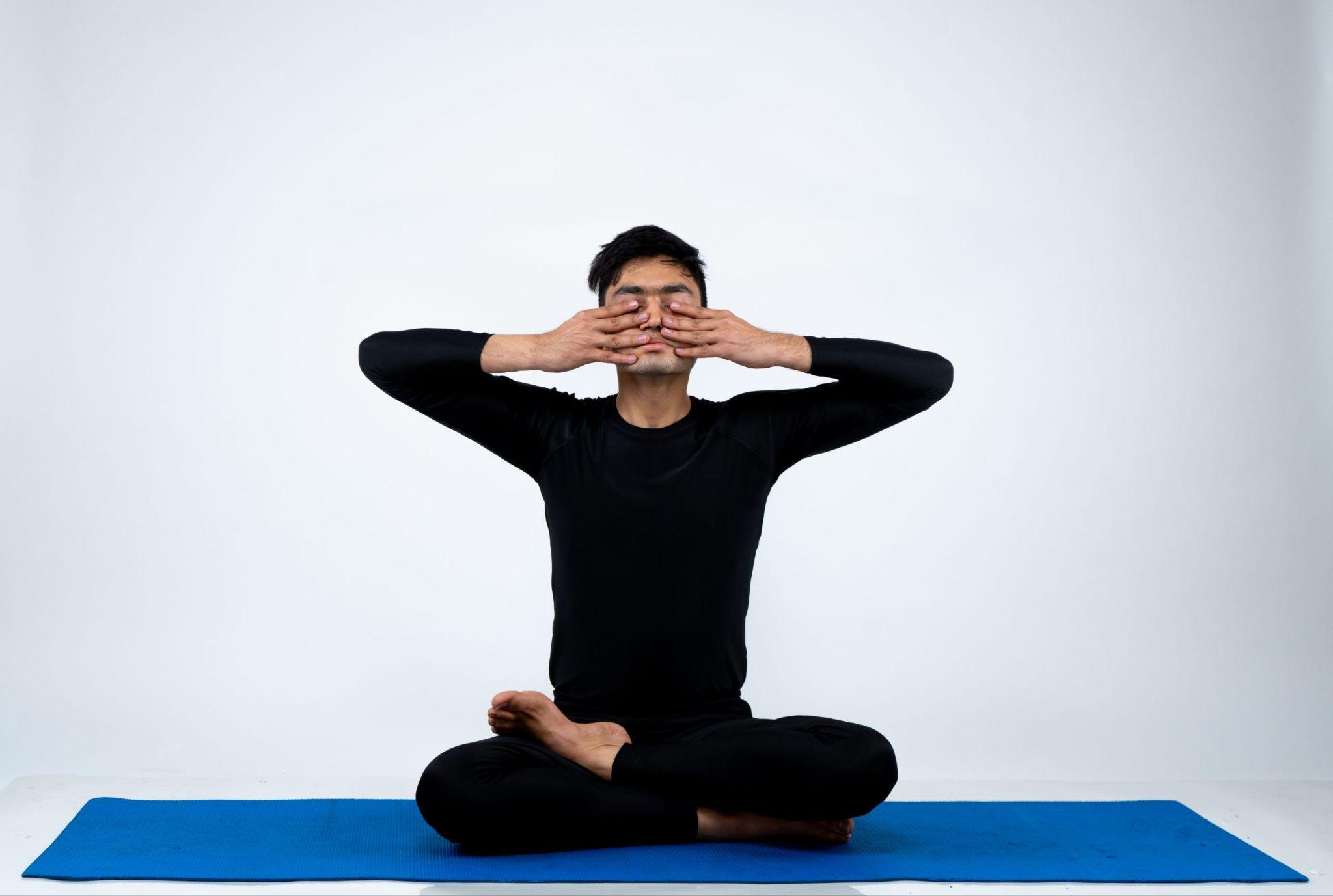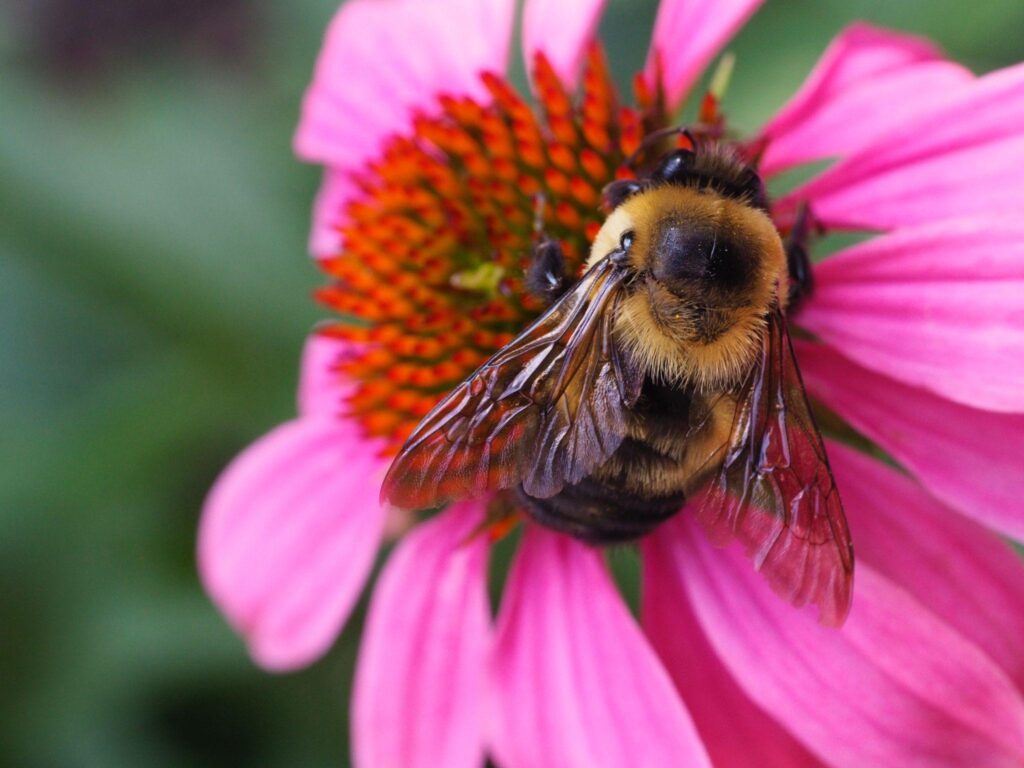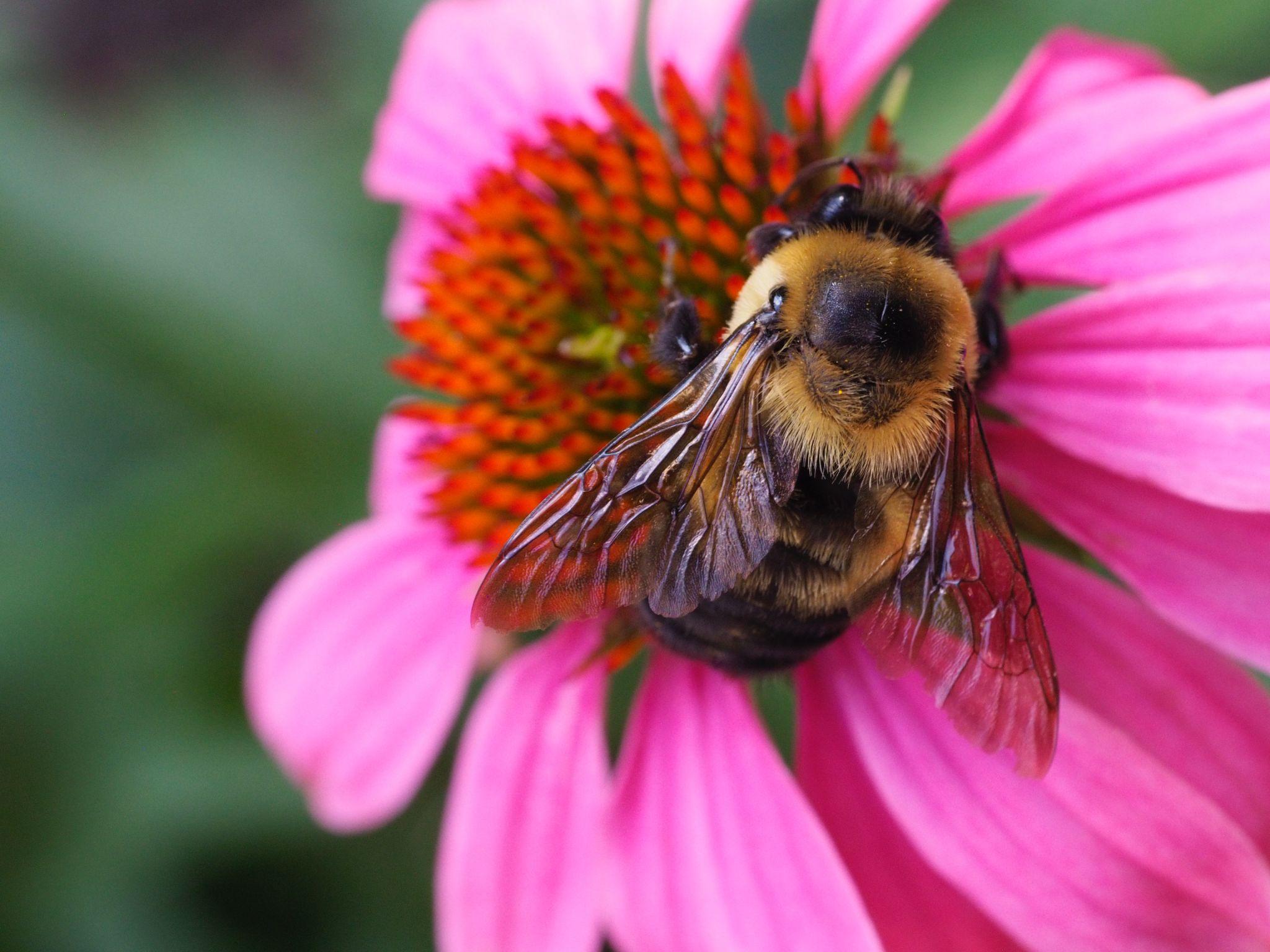What is Bhramari Pranayama? How Does it Massage Your Brain?
Massage to the brain? Does it sound weird? Not if you know about a pranayama technique called Bhramari.
What is Bhramari?
The word Bhramari has originated from the Sanskrit word Bhramar, which means humming bee. The name refers to the humming sound created in this pranayama. The most conspicuous effect of this Pranayam is that it relaxes the brain. If done regularly, it can have a positive effect on stress, fatigue, and high blood pressure.
The Power of Bhramari
Bhramari pranayama, a safe, easy-to-learn practice, has tremendous therapeutic potential for those who suffer from anxiety or anxious (rajasic) depression. Like other pranayamas, its power comes partly from its effects on the autonomic nervous system (ANS). Lengthening the exhalation relative to the inhalation activates the calming parasympathetic branch of the ANS. The incessant buzzing sound can reduce the constant activity of the mind for at least a few minutes, making it a useful starting point for those whose minds are too “busy” to meditate.
The Brain-Body Connection
By the vibrations induced by Bhramari, the cerebral cortex sends impulses directly to the hypothalamus, which controls the ‘Pituitary’ gland, the master of all glands. The resonance of the brain’s metaphysical thinking is taken out, enhancing the capacity of the brain.
Scientific Study
A study conducted at the Department of Physiology, Nepal Medical College, Jorpati, Kathmandu, Nepal, examined the “Immediate effect of a slow-paced breathing exercise Bhramari pranayama on blood pressure and heart rate.” The study found that slow-paced Bhramari pranayama for 5 minutes induced parasympathetic dominance on the cardiovascular system, resulting in decreased blood pressure and heart rate.
How to Practice Bhramari
Technique:
- Sit comfortably and allow your eyes to close.
- Keep your facial muscles loose, your lips lightly touching, and your jaw relaxed, with the upper and lower rows of teeth slightly separated.
- Inhale, and then for the entire length of your exhalation, make a low- to medium-pitched humming sound in the throat.
- Prolong the buzzing sound on the exhalation for as long as it’s comfortable and you can still inhale smoothly, without gasping for air. If you start to feel agitated, return to normal breathing.

Intensifying the Effects
Notice how the sound waves gently vibrate your tongue, teeth, and sinuses. Imagine the sound is vibrating your entire brain (it really is). Do this practice for six rounds of breath and then, keeping your eyes closed, return to your normal breathing. Notice if anything has changed.
Once again, settle in for a breath or two to prepare. Now do six more cycles of basic Bhramari.
One way to intensify the effects of Bhramari is to add shanmukhi mudra, keeping two thumbs on the two external auditory canals, index and middle fingers together on two closed eyes, and ring fingers on the two sides of the nose. Bhramari encourages pratyahara, the turning of the senses inward, so by blocking some of the external input to the senses with your fingers, you can heighten the effect.
The Science Behind Sound
When you make a sound, it literally vibrates from the top of your head down to the tips of your toes, whether you can sense it or not. Different pitches vibrate at different frequencies. Bass notes and other low-pitched sounds vibrate slowly, whereas high-pitched sounds vibrate quickly, some at thousands of times per second.
Benefits of Bhramari Pranayama
- Stress Relief: It’s an instant way to relieve tension, anger, and anxiety. It is a very effective breathing technique for people suffering from hypertension as it calms down the agitated mind.
- Headache Relief: Gives relief if you’re feeling hot or have a slight headache.
- Migraine Mitigation: Helps mitigate migraines.
- Mental Enhancement: Improves concentration and memory.
- Boosts Confidence: Builds confidence.
- Blood Pressure Regulation: Helps in reducing blood pressure.
- Nervous System Improvement: It has a positive effect, particularly on the nervous system.
Conclusion
Bhramari pranayama is not just a breathing exercise; it’s a path to relaxation, mental clarity, and overall well-being. Incorporating this practice into your daily routine can lead to a calmer mind, reduced stress, and improved physical health. Try it for yourself and unlock the soothing massage to your brain.


